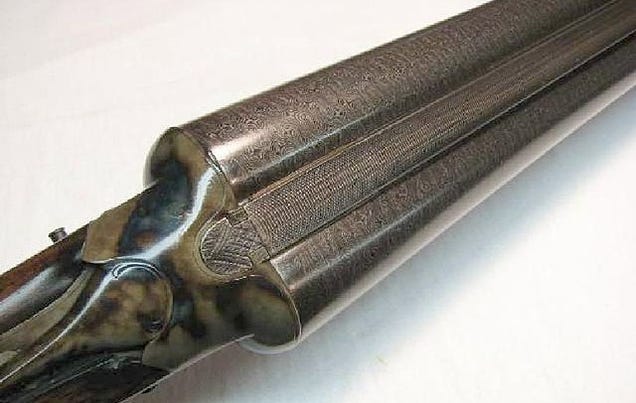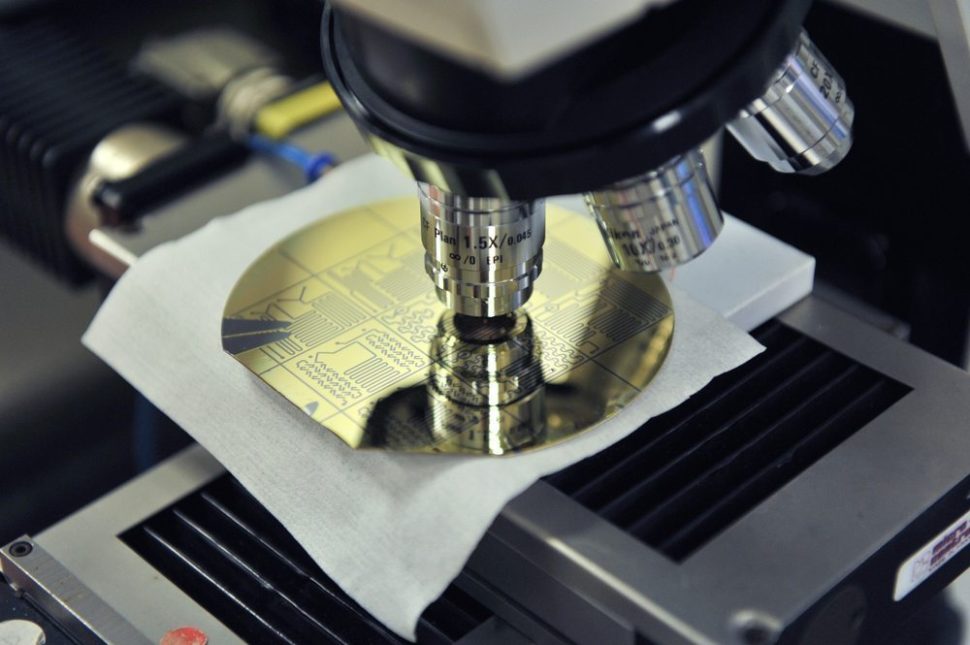As we plunge forth into Industry 4.0, we discover new ways to take advantage of our existing infrastructures. Nature is often inspiration, but what’s more uncommon is rediscovering lost knowledge. As we use our bones as inspiration for crack-proof metal materials, we discover that we once had already mastered a similar technique.
A team of MIT, Japanese, and German researchers significantly reduced metal fatigue by inserting laminated nanostructures into steel. Much like the microstructures within our bones, this biomimicry will eventually allow metals to be lighter and more resistant to wear and tear.
MIT, Japanese, and German researchers used nanostructures to reduce metal fatigue.Click To TweetRediscovery
Steel is an alloy, and alloys are mixtures of different metals in different quantities. Alloys are subsequently stronger overall but if the carbon-slag ratio is off, they are susceptible to weak points.
For example, think swords. Steel is resilient and swords could be resharpened again and again without altering the metal’s mechanical structure. However, many medieval smelting techniques and unpurified ore created pockets of slag in the sword that created weak points that when struck, further weakened the sword and eventually led to a structural break.

Improvements came during the High Medieval period, when, similarly to the nanostructures added to the steel in the MIT study, some versions of the super strong Viking sword called the Ulfberht were made of a higher-quality crucible (Damascus) steel imported from Asia that reinforced the steel to increase its resistance.
Ulfberht, Damascene, and Wootz Steel
In an intriguing Gizmodo article we learned that ancient Damascus swords took advantage of microstructures–carbon nanotubes produced by exacting steel making–to produce lighter, sharper, more durable weapons than we have been producing since.
In the early 2000s, scientists found nanowires and nanotubes embedded in these weapons. Like the bone-inspired nanostructured steel we’ll cover next, these weapons had sophisticated nanostructures.

Originally, Wootz steel (as it’s called) comes from India. It has a low, 1.5% carbon impurity level. It forms a banded structure with the following components:
- A core of Fe3C, or cementite, a carbon-iron composite.
- A criss-crossed exterior of softer steel, laid by the craftsman to form a strong, flexible matrix.
- Acid is poured on the steel, eating away at the softer materials but leaving the microstructure firmly intact.
No one knows exactly why this steel production process fell out of our collective knowledge. Yet, as scientists rediscovered the methodology, we see that microstructures have played an important role in technological advancement even before the current era.
New Laminated Nanostructures Mitigate Metal Fatigue
The metal materials used to create aircraft and roadway infrastructures experience constant stress. Often, metal fatigue can lead to catastrophic failure of these materials, as stress patterns are repetitive and cyclical.
Detailed in the journal Science, C. Cem Tasan, Professor of Metallurgy at MIT, Meimei Wang, and collaborators from Kyushu University in Japan and the Max Planck Institute used a layered microstructure to give steel a bone-like integrity.
Due to regular expanding and contracting of conventional metal materials, microcracks slowly form over time and can eventually lead to sudden failure. Tasan asked the researchers, “Can we design a material with a microstructure that makes it most difficult for cracks to propagate, even if they nucleate?”
In response, the team developed a steel material with three major components:
- A layered structure that traps microcracks in the originating layer.
- Phases of materials exhibiting increasing hardness which support one another and greatly reduce the spread of microcracks.
- A mestastable composition: small sections are positioned between different stable states (some flexible, some rigid) that help absorb the energy of crack spreading.
A First Step
Tasan explains “the extreme sensitivity of these materials to surface defects. If you scratch it, it’s going to fail much faster.” This makes their new material incredibly difficult to test in a practical setting. Yet, testing in controlled environments with be crucial to the scalability of this new material.
Tasan adds that, “This is an alloy that would be more expensive than a basic low-carbon steel, but the property benefits have been shown to be quite exceptional, and it’s with much lower amounts of alloying metals (and hence, costs) than other proposed materials.”
Although different techniques and composites created Tasan’s material and Damascene steel, microstructures are an element of construction that could apply to many different scientific fields. Where best do you think these materials should be applied?



















Don’t want to be mean, but “No one knows how this process fell out of use” is kinda horribly Eurocentric. The manufacture of Wootz steel never fell out of use in India, at any point of time since its invention: swords, armour, household implements were made on a large scale using the Ukku method and continue to be to this day. European merchants observed the production of ukku products, mispronounced the word ukku as “wootz,” and brought the knowledge back with them, which finally resulted in Europeans mass-producing steel by the 19th century. Nothing was lost. There are to this day, artisanal smiths in Tamil Nadu who’ve inherited the art from their forefathers who were producing quality steel products at a time when Britain was little more than a group of tribal confederations. The fact that Western metallurgists only learned how to make steel 2,000 years later doesn’t mean that the technology was somehow “lost.”
Thanks for sharing that!